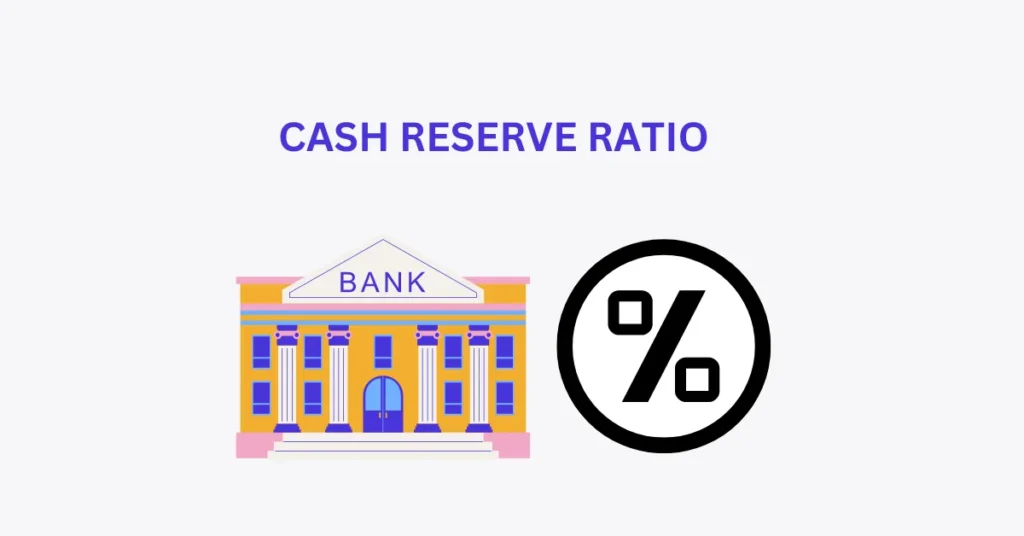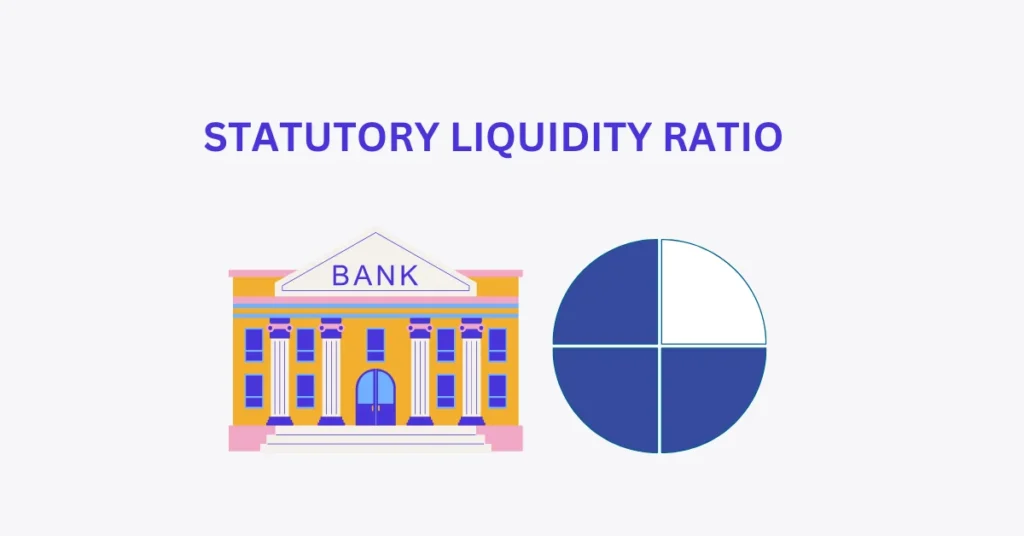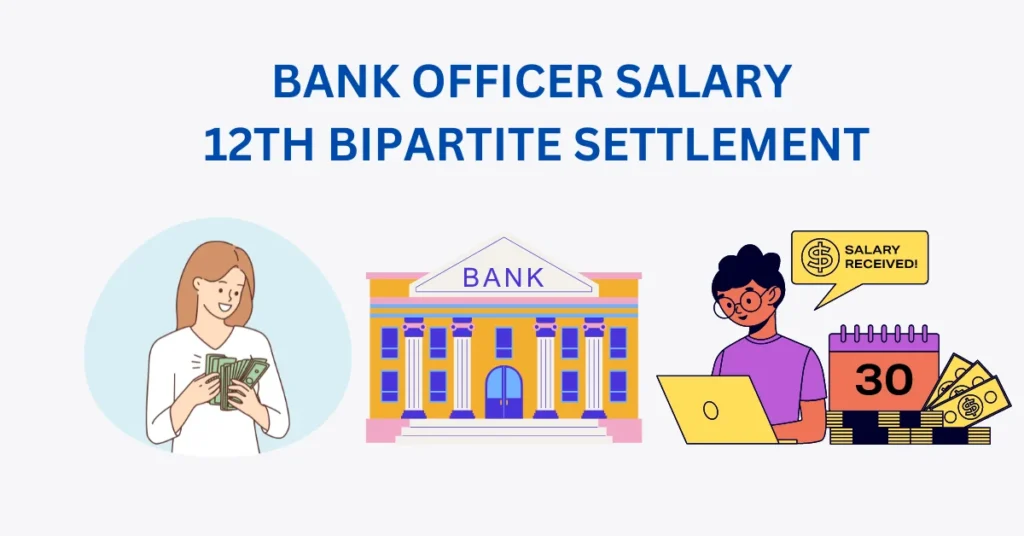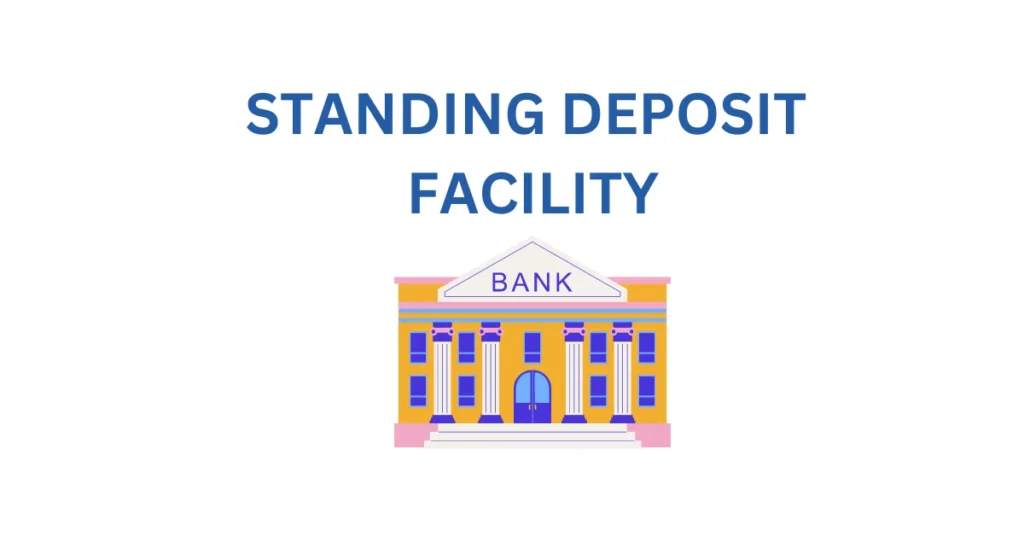Marginal Standing Facility (MSF) is like a safety net for banks provided by the Reserve Bank of India (RBI) during emergencies when they run out of money.
This scheme allows banks to borrow funds from the RBI overnight by pledging their approved government securities. It helps banks manage short-term cash shortages caused by differences in their deposits and loans.
WHEN AND WHY WAS MSF INTRODUCED?
MSF was introduced by the Reserve Bank of India in 2011-12 to stabilize overnight lending rates between banks and improve financial transactions in the banking system.
It became effective from May 9, 2011. Initially, banks borrowed Rs. 1 billion under this scheme within the first year of its introduction.
HOW DOES MSF WORK?
When banks urgently need funds, they can turn to the RBI, pledging their securities at a higher interest rate than the Repo rate.
Typically, the MSF rate is 0.25% higher than the Repo rate. Banks can borrow up to 1% of their Net Demand and Time Liabilities (NDTL) or SLR securities under this facility, but only during emergencies when inter-bank liquidity freezes.
WHAT IS THE MSF RATE?
The MSF rate is the interest rate at which the RBI lends money to banks facing liquidity shortages. It differs from the Repo rate and is usually higher.
Initially, when introduced in May 2011, the MSF rate was 100 basis points (bps) higher than the Repo rate. However, it was increased to 300 bps in July 2013 to manage the declining value of the Rupee.
Over time, this rate has been adjusted several times by the RBI to maintain economic stability. As of the latest amendment in RBI’s monetary policy on October 4, 2017, the MSF rate stands at 6.25%, 25 bps higher than the current Repo rate.
WHAT IS THE CURRENT MSF RATE?
Currently, the MSF rate is 6.25% per annum, which is 0.25% higher than the Repo rate. In simple terms, banks can borrow money from the RBI by selling their government securities at an interest rate of 6.25% per annum when they can no longer borrow under the Repo rate, which is at 6% per annum.
KEY POINTS ABOUT MSF
Here are some important facts to know about the Marginal Standing Facility (MSF):
Borrowing from RBI:
Banks can borrow money from the RBI by offering government securities as collateral at a higher interest rate compared to the repo rate under the Liquidity Adjustment Facility (LAF).
MSF Rate:
The MSF rate is set at 100 basis points (or one percentage point) above the repo rate. This ensures that banks pay a slightly higher interest rate when borrowing through MSF.
Borrowing Limit:
Banks can borrow funds up to one percent of their Net Demand and Time Liabilities (NDTL) through MSF. This provides them with a cushion to manage unexpected liquidity shortages.
Availability:
MSF borrowing is available to banks on all working days except Saturdays, ensuring access to emergency funds when needed.
Minimum Application Amount:
The minimum amount for which banks can apply for MSF borrowing is Rs. 1 crore, with subsequent increments in multiples of Rs. 1 crore.
Safety Valve:
MSF acts as a safety valve, offering a buffer against unforeseen liquidity shocks to the banking system. It provides banks with a mechanism to address sudden cash shortages effectively.
DIFFERENCE BETWEEN MSF AND REPO RATE
The primary distinction between the Marginal Standing Facility (MSF) and the Repo Rate lies in their usage scenarios:
Emergency Use:
MSF is specifically designed to be utilized during emergencies, unlike the repo rate, which operates under normal circumstances.
Interest Rate Differential:
To manage interest rate volatility, the RBI permits commercial banks to borrow against government securities at a rate higher than the prevailing repo rate, typically by 1 percentage point, under MSF.
Collateral from SLR Quota:
Banks can pledge government securities from their Statutory Liquidity Ratio (SLR) quota up to 1% under MSF, which is not the case with the repo rate. This allows banks more flexibility in accessing funds during emergencies.
Penalty Exemption:
Even if the SLR falls below 21.5%, banks borrowing under MSF are not subject to any penalty, providing them with additional relief compared to borrowing under the repo rate.







